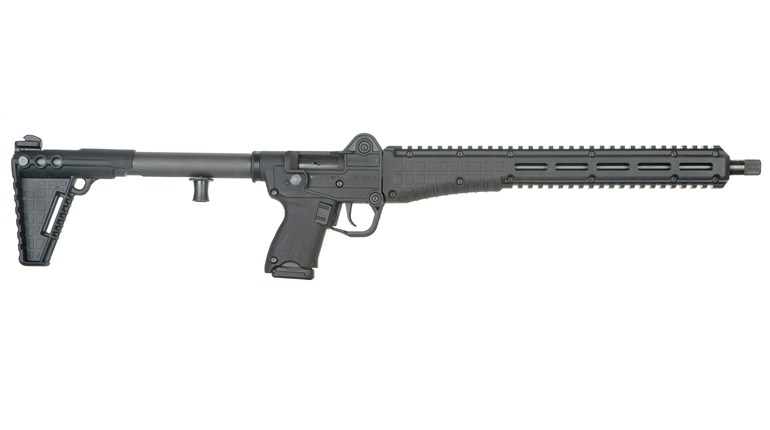
Semi-automatic pistol safety systems can assume a dizzying variety of forms. Probably the most familiar are the pivoting thumb levers located on the frame or slide. These are sometimes located on the left side only; however, on many recent designs, they are located bilaterally for ambidextrous use. While many thumb safeties are pivoted downward to disengage, some work in the opposite direction. Such safeties mounted on the frame typically block the sear, while those mounted on the slide usually prevent the hammer from contacting the firing pin.

A different type of safety system found on some traditional double-action pistols is the hammer drop safety, also known as a decocker. When this is engaged, the hammer falls harmlessly to its lowered position. With any pistol of this type, firing a shot, or simply working the slide to feed a round into the chamber, leaves the hammer in the cocked position. Since such pistols are not designed to be safely carried with a round in the chamber and the hammer back, the hammer must be lowered before the pistol is holstered, placed in a pistol box, etc. The decocking mechanism safely accomplishes this. Double-action-only semi-automatic pistols may have a thumb safety or, alternatively, no active safety mechanism at all.
All semi-automatic pistols normally exhibit one or more passive safety systems, such as an inertia firing pin, a magazine disconnect (which prevents firing the round in the magazine is removed), grip safety or passive firing pin block that prevents forward firing pin travel unless the trigger is depressed.
Semi-Automatic Cycle of Operation
All semi-automatic pistols have essentially the same cycle of operation. However, some steps in the cycle may not apply to all action types. For example, double-action-only semi-automatic pistols do not have a "cocking" step.
- Firing. Pulling the trigger releases an internal or external hammer that strikes the firing pin and fires the cartridge, or it may release a cocked, spring-powered striker or firing pin in the slide.
- Unlocking. The pattern of locking is determined by the nature of the semi-automatic mechanism. With recoil-operated actions, mechanical camming surfaces serve to unlock the barrel from the slide after the two components have traveled rearward a short distance. Gas-operated actions utilize gas pressure tapped from the bore to impel the slide rearward and unlock the action. Blowback-operated systems are by definition unlocked, so no unlocking is necessary. In such systems, the action opens simply when the gas pressure in the chamber and bore overcomes this forward force of the recoil spring and the inertia of the slide or bolt.
- Extraction. A claw extractor mounted on the slide face engages the rim of the cartridge case and pulls it from the chamber after the action unlocks.
- Ejection. As the slide moves smartly to the rear carrying a spent cartridge case, an ejector—usually a standing blade mounted in the frame—contacts the case head, throwing the case out of the action through the ejection port.
- Cocking. At or near the extreme rearward limit of its travel, the reciprocating slide cocks the hammer or striker, which is held rearward against spring tension by the trigger mechanism.
- Feeding. The compressed recoil spring pushes the slide rapidly forward, stripping a cartridge from the magazine and feeding it into the chamber.
- Locking. With locked-breech semi-automatic designs, locking of the action occurs during the last fraction of an inch of forward motion of the slide. In the vast majority of designs, the rear of the barrel is cammed upward as it moves forward so that its locking surfaces engage the slide or frame, locking the action. With blowback-operated designs, no locking occurs; the momentum of the forward-moving bolt or slide is sufficient to fully chamber a cartridge and close the action (at which point the action is said to be in battery). Only the force of the compressed recoil spring, combined with the inertia of the bolt or slide, keeps the action closed.
Read more: Handgun Operation: Types Of Pistol Actions


































